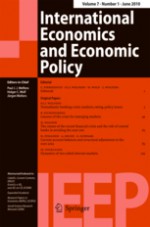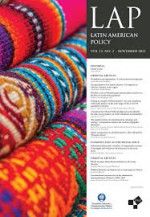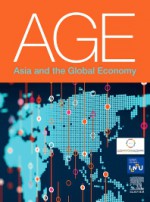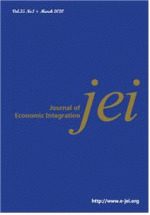Analyzing Global and Regional Value Chains

The economic geography of international production is still attracting an increasing interest in academic and policy debates. Porter (1985)'s conceptualization of value chains as the organizational systems transforming inputs into outputs was adapted to the international economy and gave rise to a variety of concepts and definitions, including global commodity chains (Gereffi, 1994), global value chains (Gereffi et al., 2001, Gereffi et al., 2005) and global production networks (Henderson et al., 2002, Coe et al., 2008). 1 More recently Baldwin and Venables (2013) defined two main archetypes of international production networks, namely ‘spiders’, in which final goods are obtained by assembling inputs coming from different source countries in no particular order, and ‘snakes’, in which there is a clear linear cross-border sequence going from the product's conception to its use by consumers. Of course, in the real world, networks of value-adding actors (multinational enterprises and local producers) who spread across national boundaries share features of both types and the actual geographic extension of their activities is often limited to neighbouring countries, taking the shape of regional value chains.
This paper introduces a Special Issue on Analyzing Global and Regional Value Chains. It presents a state-of-the-art of the literature and explores the frontiers of our knowledge on GVCs with a double focus: on the one hand, we will further investigate to what extent the phenomenon of GVCs is also a regional phenomenon (i.e. RVCs) and how it interacts with regional policies and processes of regional economic integration. On the other hand, we will deepen our understanding of the measurement aspects of GVCs and their scope, including at the regional level.








